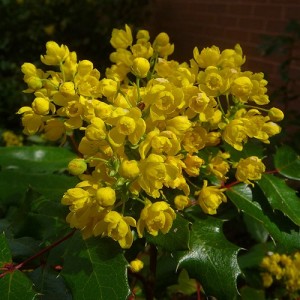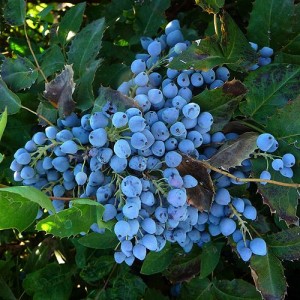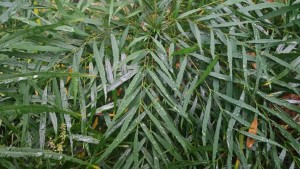Bright Winter Flowers
go.ncsu.edu/readext?438381
en Español / em Português
El inglés es el idioma de control de esta página. En la medida en que haya algún conflicto entre la traducción al inglés y la traducción, el inglés prevalece.
Al hacer clic en el enlace de traducción se activa un servicio de traducción gratuito para convertir la página al español. Al igual que con cualquier traducción por Internet, la conversión no es sensible al contexto y puede que no traduzca el texto en su significado original. NC State Extension no garantiza la exactitud del texto traducido. Por favor, tenga en cuenta que algunas aplicaciones y/o servicios pueden no funcionar como se espera cuando se traducen.
Português
Inglês é o idioma de controle desta página. Na medida que haja algum conflito entre o texto original em Inglês e a tradução, o Inglês prevalece.
Ao clicar no link de tradução, um serviço gratuito de tradução será ativado para converter a página para o Português. Como em qualquer tradução pela internet, a conversão não é sensivel ao contexto e pode não ocorrer a tradução para o significado orginal. O serviço de Extensão da Carolina do Norte (NC State Extension) não garante a exatidão do texto traduzido. Por favor, observe que algumas funções ou serviços podem não funcionar como esperado após a tradução.
English
English is the controlling language of this page. To the extent there is any conflict between the English text and the translation, English controls.
Clicking on the translation link activates a free translation service to convert the page to Spanish. As with any Internet translation, the conversion is not context-sensitive and may not translate the text to its original meaning. NC State Extension does not guarantee the accuracy of the translated text. Please note that some applications and/or services may not function as expected when translated.
Collapse ▲The hybrid mahonias are one of my favorite groups of winter-flowering plants. If you like the Latin they’re listed as Mahonia x media. I have two selections in my garden – Winter Sun and Arthur Menzies. You’ll also find Underway and Charity in the trade. Arthur Menzies is a bit larger and more vigorous and blooms earlier in my garden – usually starting around Christmas. Winter Sun is more compact and starts blooming a couple of weeks later.
Sun is more compact and starts blooming a couple of weeks later.
This group of plants sports bold, somewhat tropical looking leaves with a thick, waxy cuticle. This time of year yellow flowers emerge from the center of the plant. After the bees do their jobs of transferring the pollen around, blue fruits that resemble grapes replace the sunny flowers. Because the foliage looks a little like holly and the fruit favors a grape, some call this plant “holly grape”. That name is probably more commonly associated with the older mahonia in the trade – Mahonia bealii.
Mahonias make a bold statement in the winter garden with their interesting texture and bright yellow flowers.
These plants perform best in our climate in partial shade with some protection from the worst winter winds. References from the Oregon and Washington often suggest that it will grow well in full sun, but our intense summer sun is a bit too much for mahonia. You’ll get maximum performance in moist, well-drained soil that has been supplemented with organic matter – about like you’d prepare for azaleas and camellias. After a year or so in the landscape, these mahonias should survive pretty well on natural rainfall.
A completely different group of mahonias has become a garden hit in the last few years. While these Mahonia eurybracteata selections sport similar yellow flowers, they are much smaller (3 to 4 feet tall and wide) and the foliage looks more like bamboo. The flowers are bit earlier making their appearance in October. The most popular of these is one from the Southern Living collection called Soft Caress and is readily available in our area.






